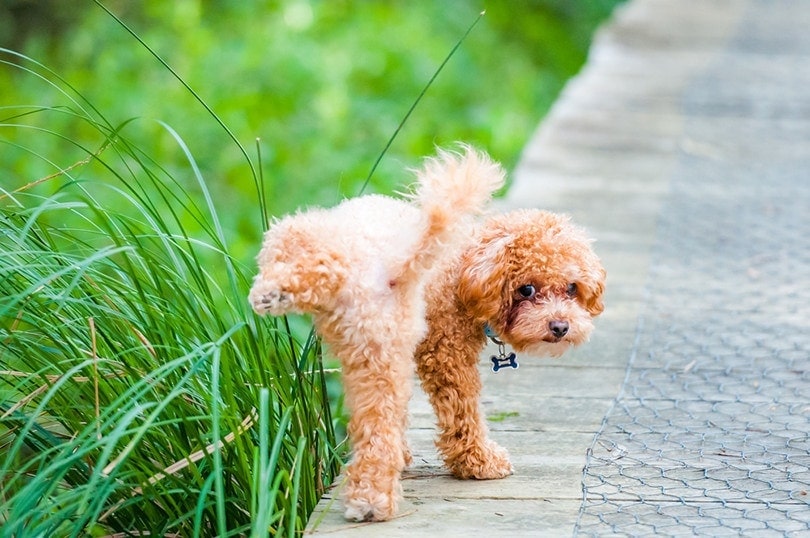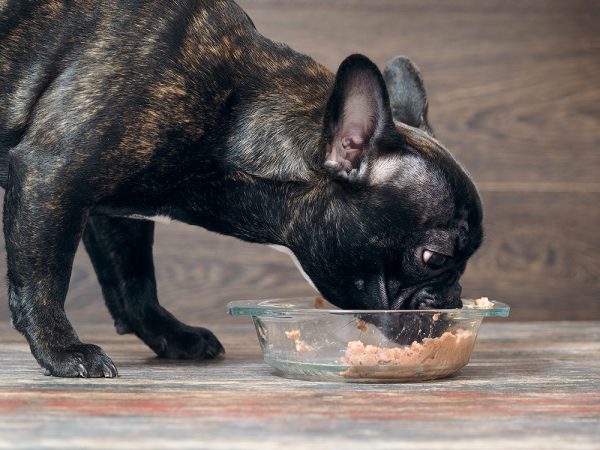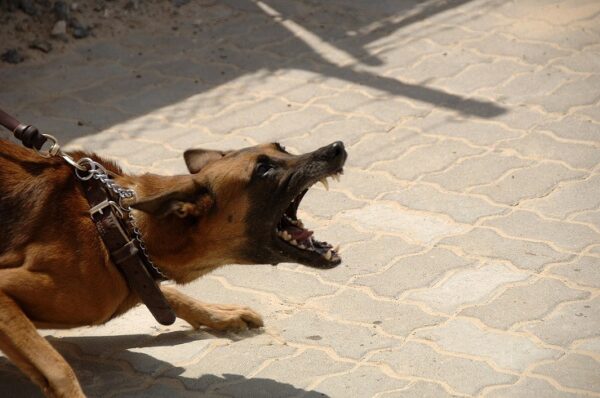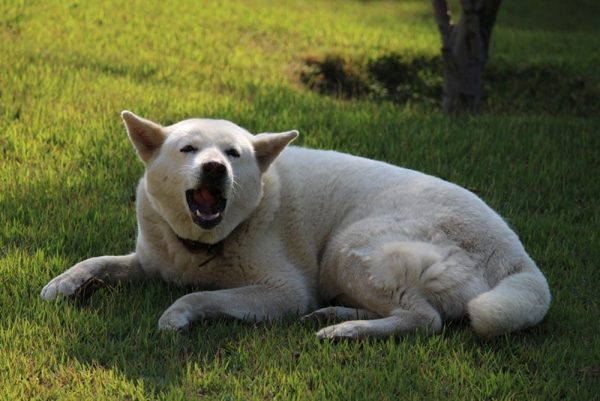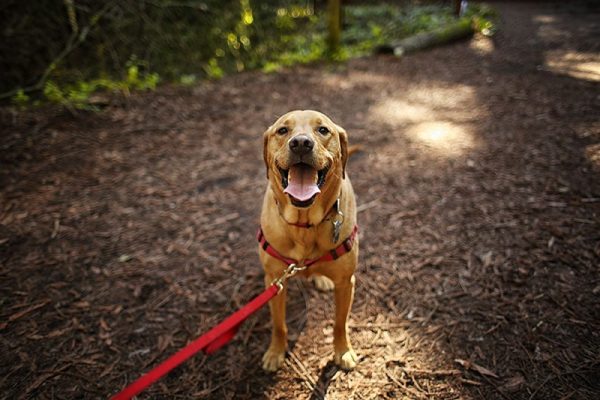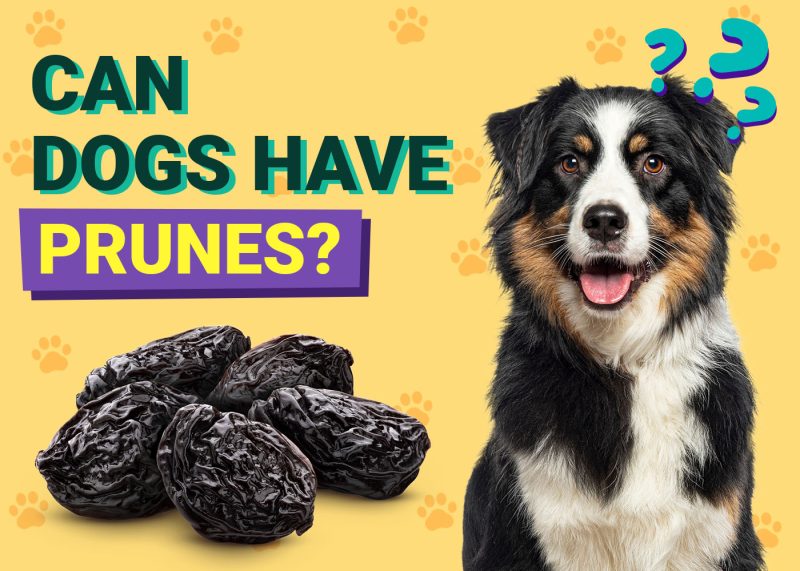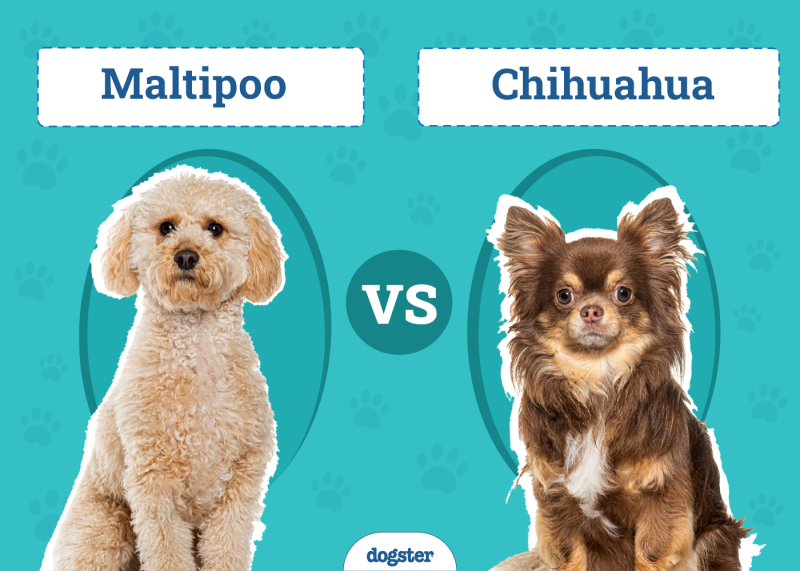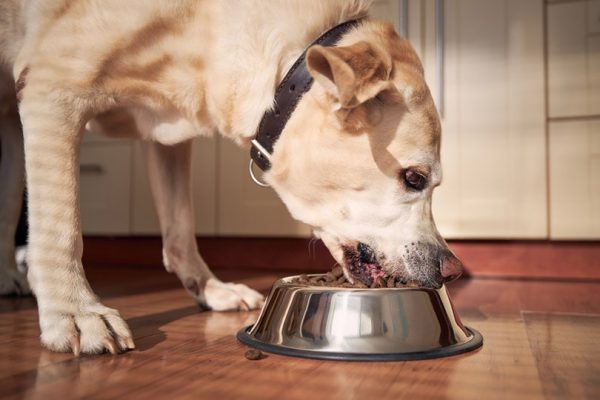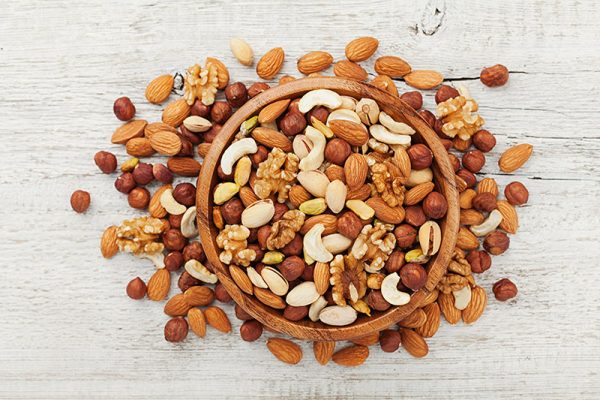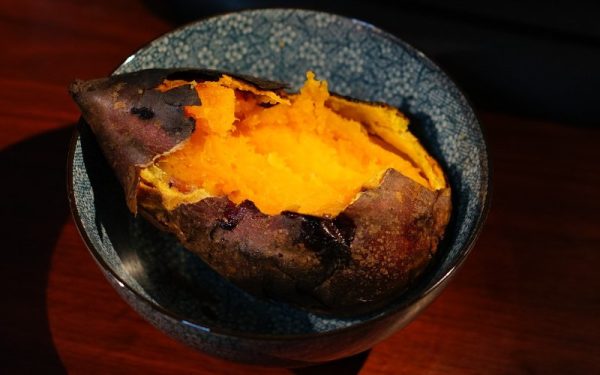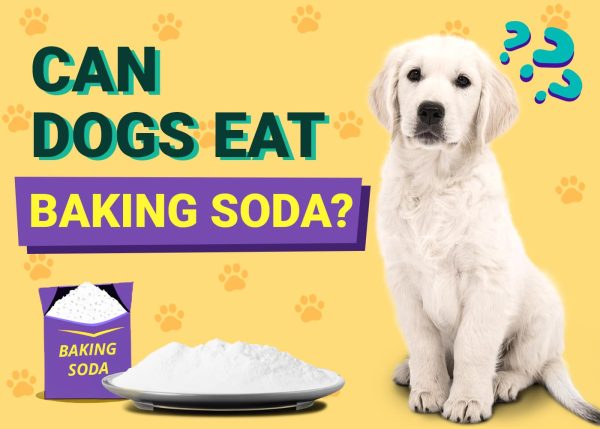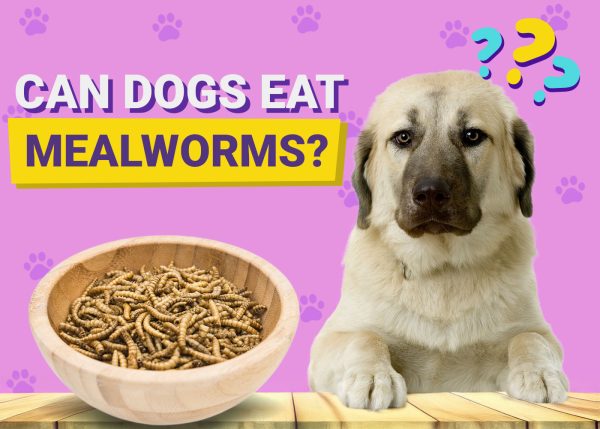In this article
Are you tired of finding dead spots all over your lawn? Or is someone trying to convince you that dog pee might even be good for grass? The truth is that dog pee can be absolutely detrimental to healthy grass. There are several things you can do to protect your lawn, and it all starts by knowing why dog urine is bad for grass in the first place!

Is Dog Pee Bad for Grass?
It’s no coincidence that the same area where your pup pees often winds up with dead grass. This is because dog pee is full of nitrogen, which is deadly for some plant life. A little nitrogen is good, but the amount of nitrogen in dog urine is simply too much for the grass to handle. So, not only is dog pee not good for the grass, but it’s also actively killing it, leaving your lawn looking unhealthy and splotchy.
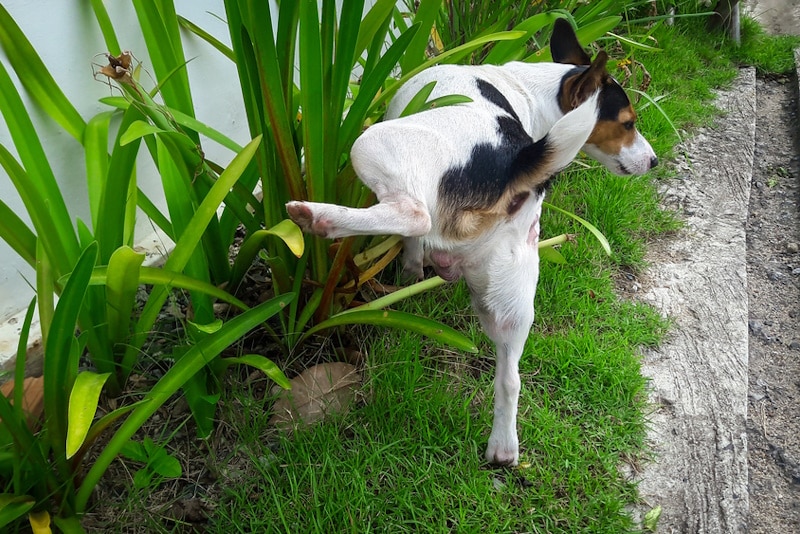
Can Changing Their Diet Help?
While changing your dog’s diet won’t completely stop urine damage from occurring in your lawn, it can sometimes help. One thing you can do to help is to encourage your dog to drink more water.
While this might seem counterintuitive at first blush, increasing your pet’s water intake reduces the nitrogen concentration each time they pee. As long as they’re not constantly peeing in the same area, drinking a bit more water is simply watering everything down a bit, making it less concentrated and thus less harsh on the grass.
Another thing you can do is feed them a fresh food diet, as these usually cause a little less nitrogen to build up in their urine. It’s not a foolproof or guaranteed solution, but often it can help a little bit.
We do not recommend using supplements to fix the problem. Usually, the supplements don’t do much, and they can be harsh on your dog’s digestive and urinary tract and lead to other health issues. Rather consult a veterinarian and ask them if there is anything you can do for your dog in this matter.
If you need to speak with a vet but can't get to one, head over to PangoVet. It's an online service where you can talk to a vet online and get the personalized advice you need for your pet — all at an affordable price!

Does Grass Grow Back After Urine Damage?
It depends on how much damage the urine caused the grass and the condition of the grass in the surrounding area. But often, the answer is that grass will not grow back without professional help.
Even if you leave the grass to grow back on its own and keep your pup from peeing there again, usually, the grass will grow back spotty or with weeds or other imperfections. Your best solution is to keep your dog away from the area, water it down, and then reseed to get the grass to grow back.
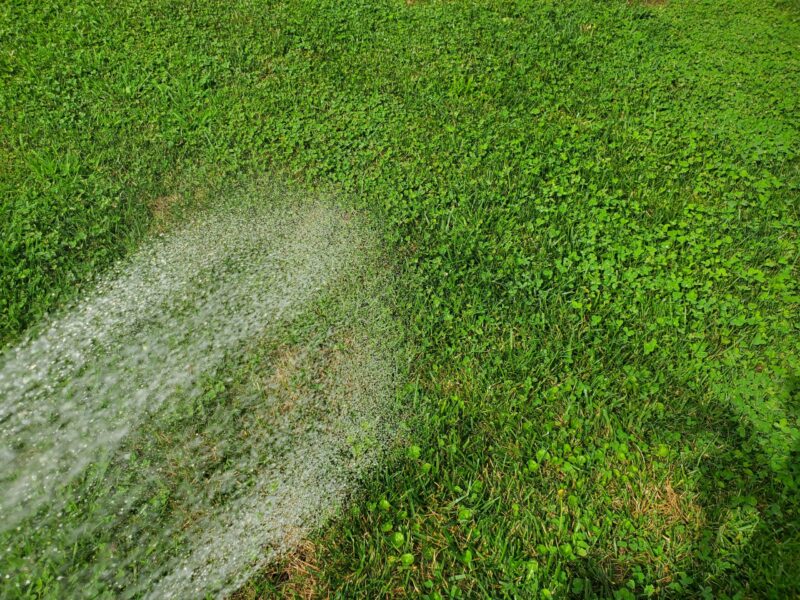

The 5 Tips for Keeping Dog Urine From Killing Your Lawn
Dog urine can be an absolute nightmare if you’re trying to keep a beautiful lawn. But Fido needs a place to pee, leaving it up to you to find a solution. The good news is that just because you have a dog doesn’t mean you need to deal with dead spots all over your lawn.
1. Choose Resilient Grass Species
While this might be a challenging solution, it is one of the most effective. Going for an option like ryegrass, sedges, or fescue can help keep your grass from dying. You can either replace the entire lawn with these grasses or sow them in with the existing grass.
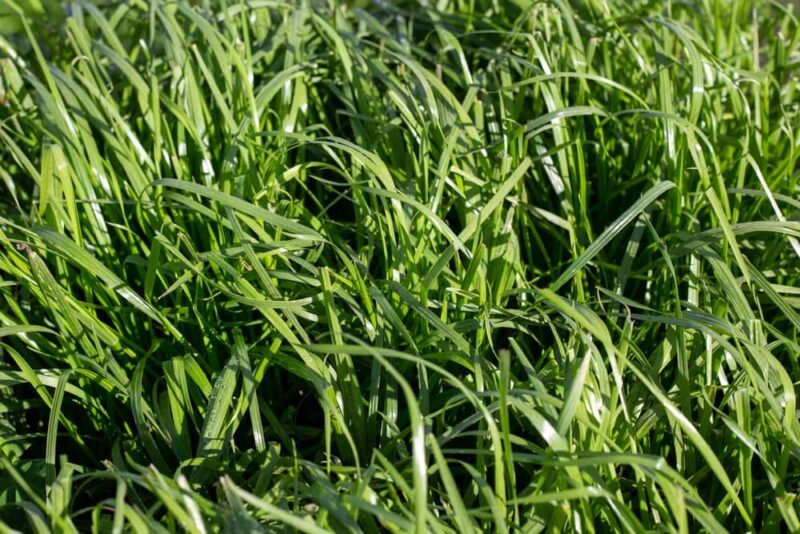
2. Water Down the Area
This option can take a bit of work but is pretty effective. If you simply overwater the area your dog uses after they urinate there, it can significantly dilute the nitrogen content reaching the grass. Of course, this means you need to water the grass a couple of times a day, but you also won’t end up with dead spots, so it’s up to you if you think it’s worth the effort.
3. Set Up a Designated Pee Spot
There are two different ways you can go about this. First, you can just write off one grassy area and teach your pup to pee there. Second, you can designate a plant/grass-free part of your lawn for them to pee in. Gravel is a great choice, but it’s really about whatever works best for both you and your dog.
4. Keep The Grass Maintained
Most of the time, a little dog pee won’t kill the grass, especially if it’s already thriving. Keeping the grass in your lawn healthy overall and keeping your pup from constantly peeing in the same spot might be enough to keep bare patches from showing up in your lawn.
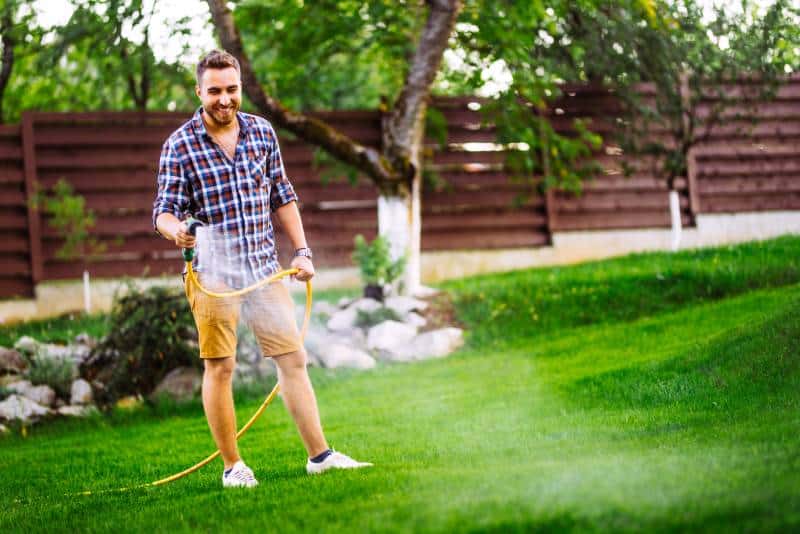
5. Walk Your Dog
You should already walk your dog once or twice a day because it’s good for them, but if you need another reason, it’s also good for your lawn and keeps them from urinating solely in your backyard. Dogs only pee so much throughout the day, and if you can get them to pee somewhere other than your yard, it’s less you need to worry about killing the grass.

The 3 Common Myths About Dog Pee & Grass
When you start looking for ways to keep your pet’s pee from damaging your lawn, it doesn’t take long for the rumor mill to start circulating. There’s a lot of misinformation out there, so we wanted to get ahead of things for you by addressing three of the most common myths.
1. Changing Their Diet Will Prevent Bare Spots
While changing their diet might be able to help prevent some bare spots, it’s not a guaranteed solution. In fact, if you go overboard with it, you could wind up creating significant health issues for your pup.
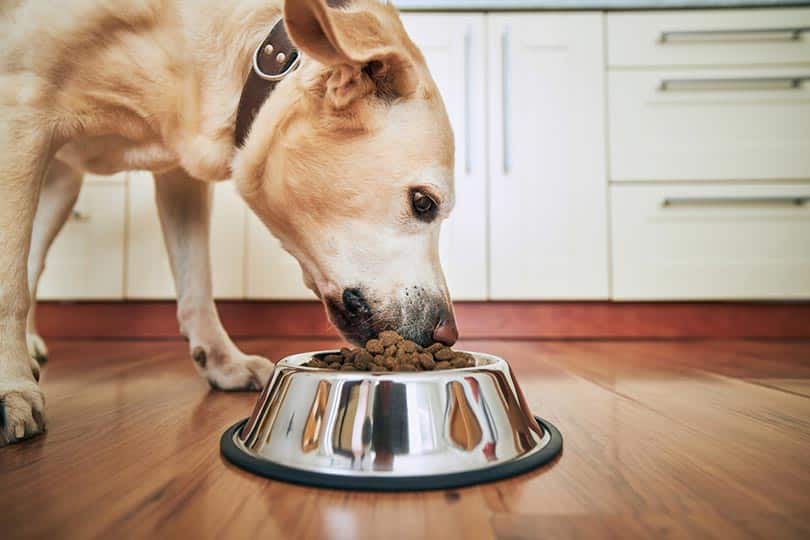
2. Only Females Cause Bare Spots
While female pups often get a bad rap for killing the lawn, the truth is male pups can do it, too. The chemical makeup of urine is the same from both genders, so don’t fall for this common misconception.
3. Only Certain Breeds Cause Bare Spots
Dog urine is dog urine, and while larger dog breeds are more likely to cause larger bare spots, any pooch can damage the lawn. Even the smallest pups out there can create bare spots, and it’s certainly not a breed-specific issue.
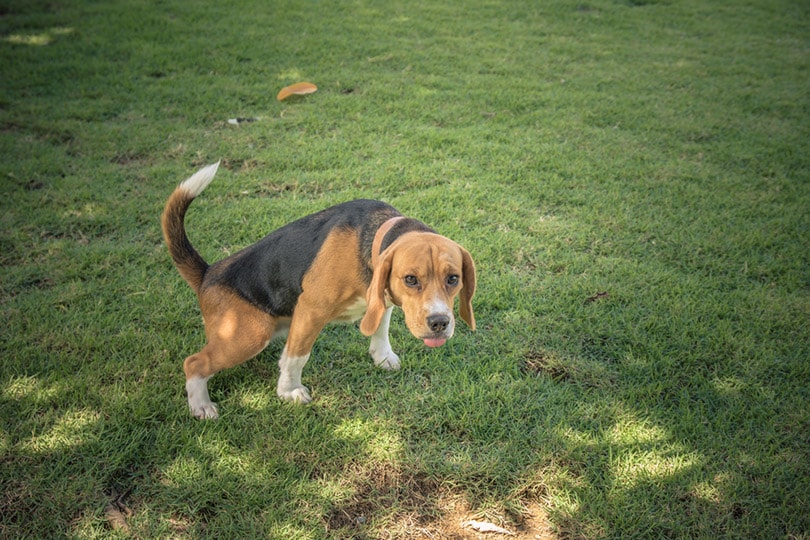

Final Thoughts
Dog urine might be a literal grass killer, but if you’re proactive about it and have an otherwise healthy lawn, you don’t have much to worry about. It’s up to you to take the necessary steps to protect your lawn, but once you do, you can have a happy pup and a thriving lawn all at the same time!
Featured Image Credit: Ching Louis Liu, Shutterstock
